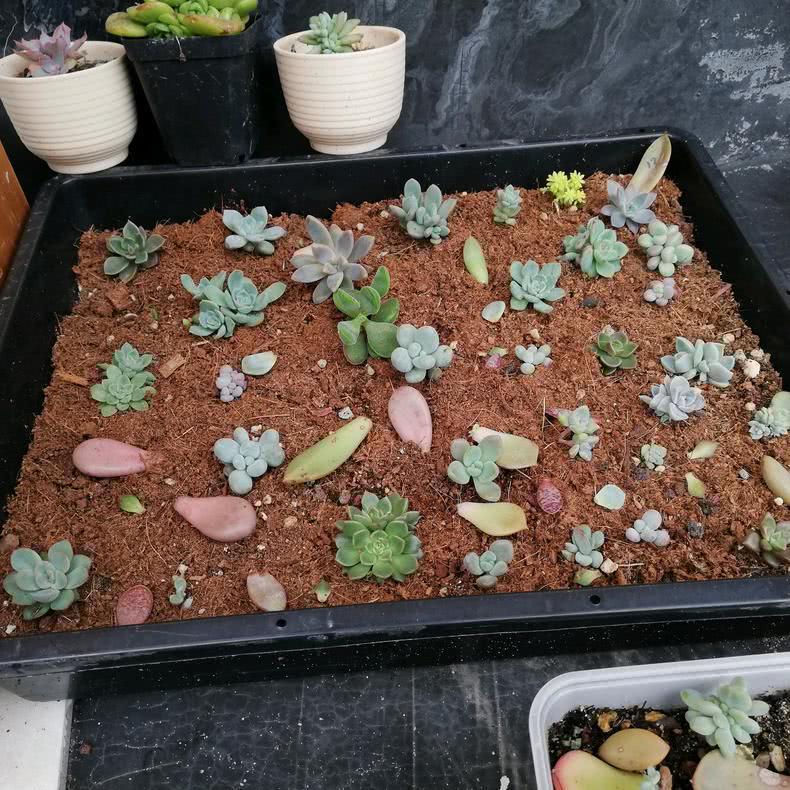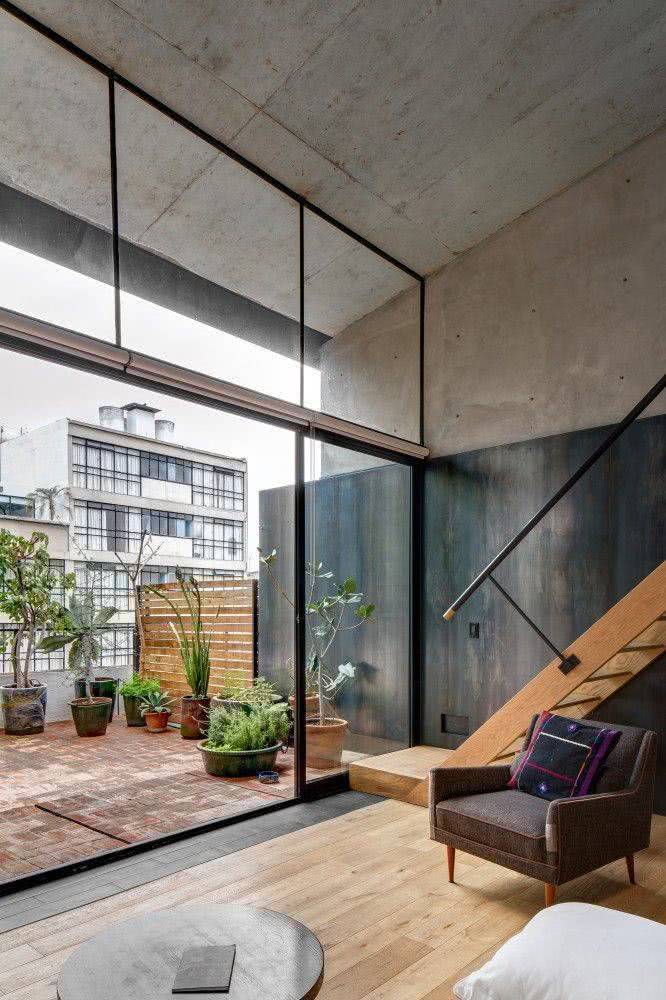Four strategies for succulent leaves can not be ignored.

Autumn is a good time for meat cutting. in order to expand their succulent scale, many meat lovers like to take the fallen leaves for leaf cutting, and the succulent plants grow out at last are particularly good-looking.
In fact, succulent leaf insertion has a lot of things to pay attention to, not all leaves can be said, today, the girl will tell you a few strategies about improving leaf insertion and exploding pots.
Strategy 1: choose strong leaves
Select the better leaves from the healthy fleshy leaves and cut them gently, and the leaves should be a little thicker to be inserted, because the nutrients of the thick leaves are more abundant, which can provide themselves with a longer survival time to sprout roots. If the succulent plants grow into flower arrows, you can also take leaves on flowers and arrows, and the success rate will be much higher. You must take healthy and complete leaves in order to ensure the health of the new succulent plants, so you must be careful. The cut leaves should be placed in a dry and ventilated place for about 1-3 days, mainly to dry the wound.
Strategy 2: loose and nutritious soil
The soil for leaf insertion and propagation can choose a special nutrient soil, or a loose and breathable soil. Whether you want to spray water or not depends on whether the ventilation is good or not. in general, the soil is a little moist. Where the air humidity is high, dry soil leaf insertion can be selected, and the environment with low air humidity is suitable for fluvo-aquic soil leaf insertion, and film mulching can also be used to maintain humidity. In general, autumn is a very suitable time for leaf insertion, when the temperature and humidity are very suitable, the leaf inserts the root and shoots quickly, and the success rate is also high.
Strategy 3: leaf insertion position
There are three commonly used leaf insertion positions: flat, oblique and upright, and the three methods also have their own advantages and disadvantages. The more commonly used methods are flat and oblique insertion, which is easier to take root and sprout than oblique insertion, but after rooting, the root system needs to be gently buried in the soil. Although the root germination rate of oblique insertion is not very high, it is more convenient for us to deal with the root system.
However, as long as contact with the soil will have a certain chance of blackening, water, decay, which is also related to the health of the leaves, varieties, but the probability of these damage is very small, well-controlled can be reduced a lot, it can be ignored. Also pay attention to the leaves after insertion, if the root has grown, you can properly replenish it with nutrient solution diluted 500 times to irrigate the root.
Strategy 4: lighting and ventilation
After the leaves are inserted, put them in a place where there is no direct sunlight or weak sunlight to wait for sprouting. Because the leaves themselves contain a lot of water and nutrients, they do not need to be watered before sprouting and rooting, and then they can be watered and maintained slightly. Ventilation is good for leaf insertion, but note that ventilation is not blown by fans or strong winds, and slight air flow is ventilation.
Today, I would like to share with you these four tips. I hope all of your meat can be beautiful after inserting leaves!
- Prev

16 cases of balcony decoration design show the quality and sentiment of life.
16 "balcony decoration" design cases, balcony as a leisure area, although this natural and fresh environment is not complex, but for your future life provides a separate area, provides a new scene, highlights the quality of life.
- Next

TCM Syndrome differentiation and treatment of Lung Cancer
Lung accumulation, riffraff, cough, hemoptysis, chest pain and other diseases include lung cancer, cancer, which was first called "swelling" in ancient Chinese medicine, and then gave rise to many different titles according to the changes of viscera and tissue, such as lung accumulation mentioned above.
Related
- Wuhan Hospital Iron Tree Blooming Result Was Instantly Frightened by the Gardener Master
- Which variety of camellia is the most fragrant and best? Which one do you like best?
- What is the small blue coat, the breeding methods and matters needing attention of the succulent plant
- Dormancy time and maintenance management of succulent plants during dormancy
- Minas succulent how to raise, Minas succulent plant pictures
- What are the varieties of winter succulent plants
- How to raise succulent plants in twelve rolls? let's take a look at some experience of breeding twelve rolls.
- Attention should be paid to water control for succulent plants during dormant period (winter and summer)
- Watering experience of twelve rolls of succulent plants
- Techniques for fertilizing succulent plants. An article will let you know how to fertilize succulent plants.

